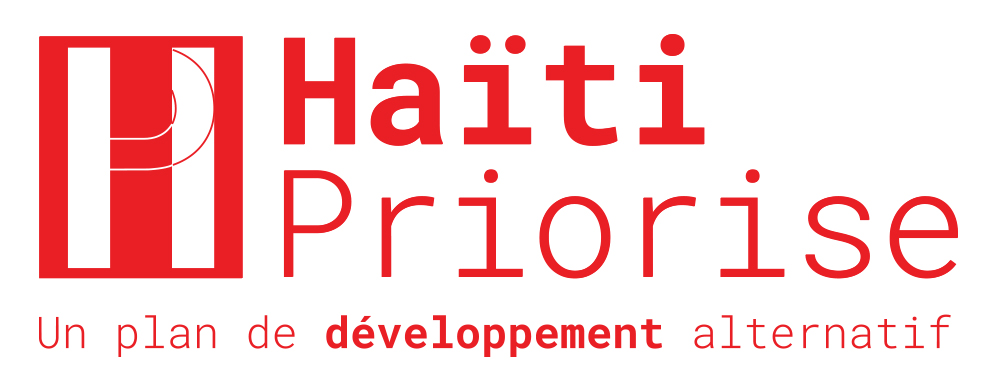Haïti Priorise: Post Harvest Losses, Theodat
The Problem
Despite the weak productive capacity of the agricultural sector, significant losses – estimated at more than 50%-60% of production – are recorded through the distribution chain. This is, amongst other things, the result of a lack of adequate infrastructure to facilitate market access for quality agricultural products.
The roads’ state of disrepair means that a significant amount of products, especially fruits and vegetables, are spoiled on the spot, thus discouraging production of these crops.
The lack of adequate storage infrastructure pressures farmers into selling their products immediately after harvest. This explains large price fluctuations during the year and the entry of low quality products (notably fruits and vegetables) into the market.
The distribution of agricultural products relies on private middlemen, called ‘madan sara’, who buy them from producers and carry them to urban markets. Transportation used by the ‘madan sara’ is not adequate and presents very high risks.
The Solutions
- Crop Transport Truck System
- Packaging and Conservation Center
For both of these interventions, the fruit and vegetable sector has been prioritized, and three important regions have been selected: the Saint-Raphael commune and the Sud and Artibonite departments.
Summary Table of the BCR
| Intervention | Benefit (in gourdes) | Cost (in gourdes) | Benefits for every gourde |
|---|---|---|---|
| Crop Transport Truck System | 8.9 billion | 7.4 billion | 1.2 |
| Packaging and Conservation Center | 16.1 billion | 6.3 billion | 2.6 |
All figures use 5% discount rate.
Improving Transportation
This proposal is to improve transportation of perishable and delicate products from the production area to the markets by making specialized trucks available to driver associations.
This would reduce losses incurred by the “Madan Sara” during transportation between the production areas and the public markets, and increase their revenue. The intervention would also provide added value throughout the distribution chain.
Costs
The identified costs are those related to acquiring specialized vehicles, raising awareness amongst beneficiaries, and improving transportation conditions.
Cost per truck: 3,350,000.00
Number of trucks per zone: 50
Cost of transport per tonne: 2,680.00
Benefits
The benefits identified are a reduction in post-harvest losses and in the price of transportation for the ‘madan sara’. Benefits include a reduction of post-harvest losses, increase in farmers’ incomes, and reduction of transportation costs.
Packaging and Conservation Center
This intervention consists of establishing a sorting, conditioning and preservation facility and developing a quality control system for producer associations in harvesting areas.
Costs
The costs are those related to setting up and running the Sorting, Packaging and Conservation Center, and to putting a quality control system in place.
Cost of implementing the quality control system in 2013: 7 million gourdes.
Cost of operating the center in 2013 per metric tonne 3,084 gourdes.
Benefits
The benefits would include a reduction in post-harvest losses. from 50% to 3%.
Contribution of the agricultural sector to GDP without the intervention: 20%
Contribution of the agricultural sector to GDP with the intervention: 28%

